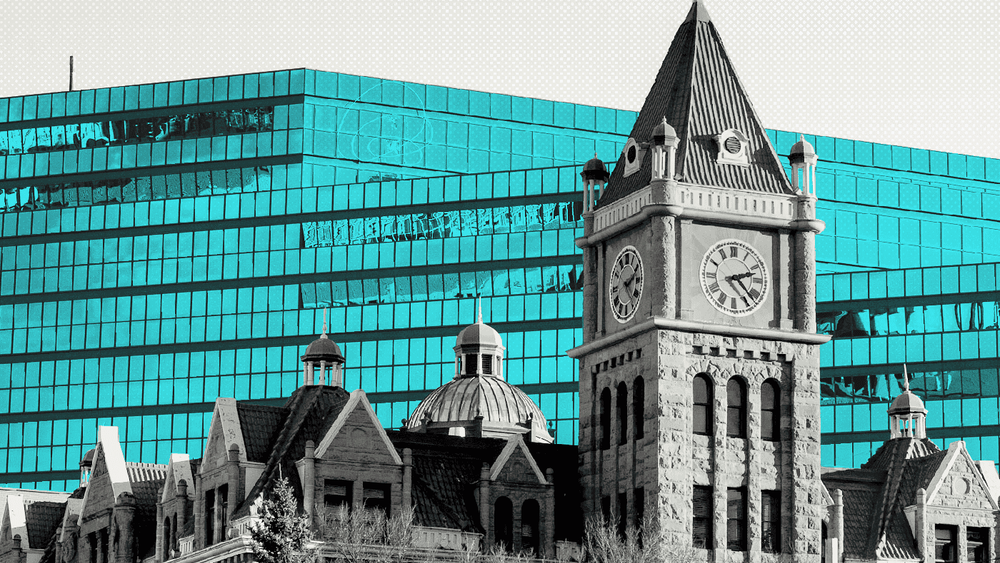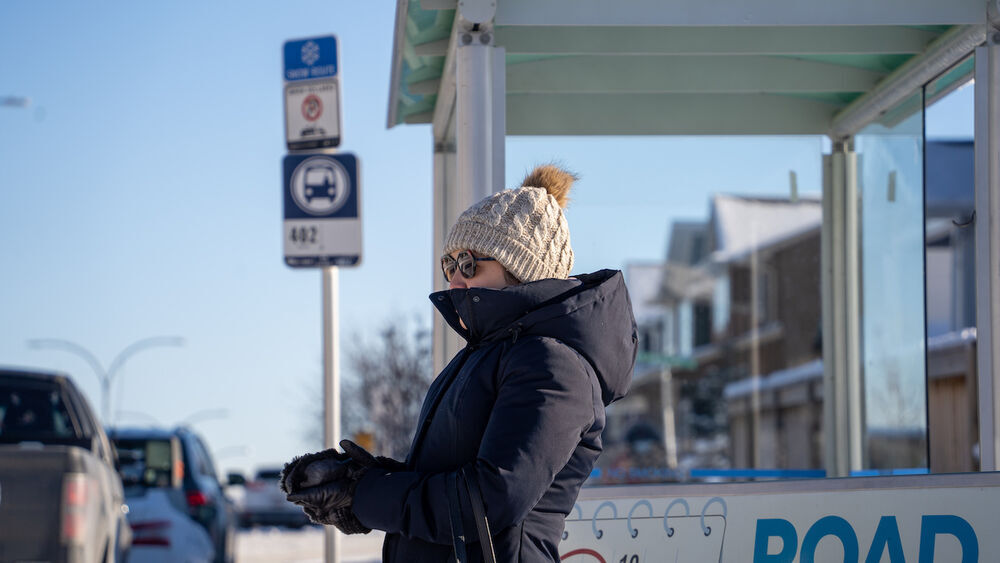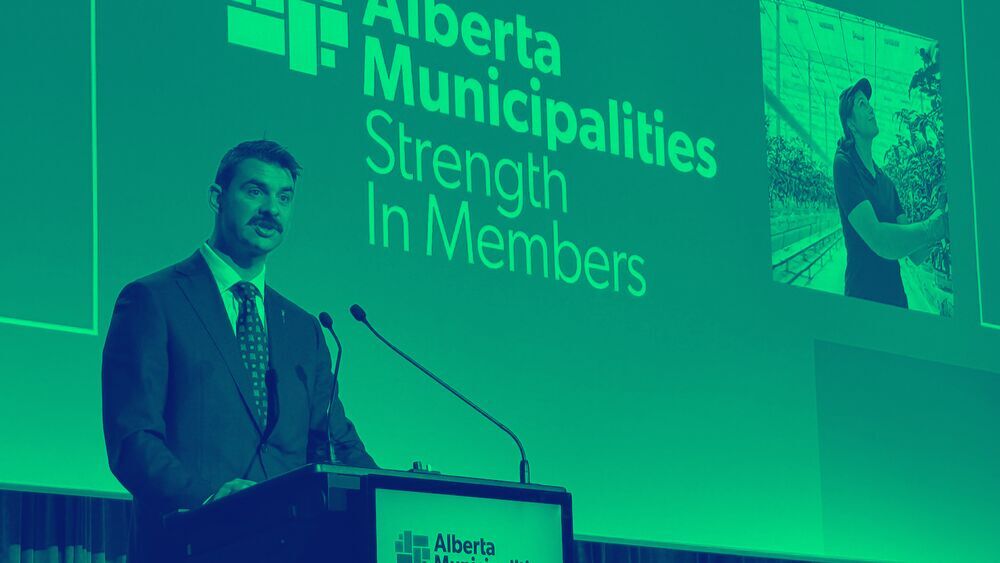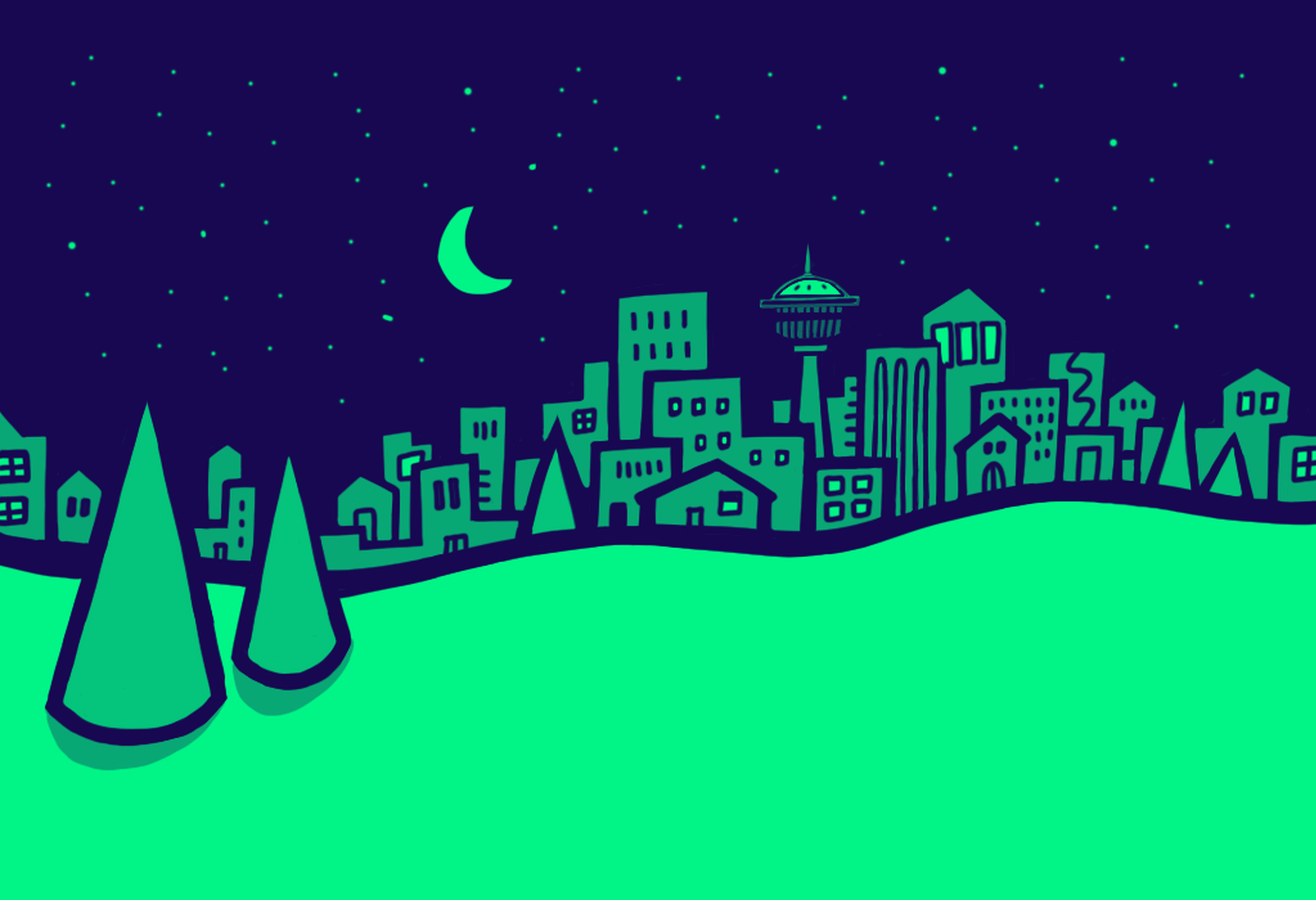
Illustration: Sam Hester
An update on The Sprawl’s future
We have good news and bad news.
Support independent Calgary journalism!
Sign Me Up!The Sprawl connects Calgarians with their city through in-depth, curiosity-driven journalism. But we can't do it alone. If you value our work, support The Sprawl so we can keep digging into municipal issues in Calgary!
As we wrap up another year, I have good news and bad news to share with you.
Let’s start with the good news, because we do have a lot to celebrate.
In 2024, our podcast episodes were downloaded 60,000+ times. One of our Sprawlcasts was published as a book. Sam Hester’s Curious Calgary zine comics won the Innovation Award at this year's Alberta Magazine Awards. And we’ve been taking our pop-up press around town as a creative way to get The Sprawl in front of more Calgarians.
These were our three most-read and downloaded stories of the year:
3. The Real Costs of Calgary’s New BMO Centre. While the Flames arena made headlines, this project kept a relatively low profile for years. We dug into how expanding the Calgary Stampede’s convention centre cost city hall $333 million and not the $166 million proclaimed by politicians.
2. The Tycoons Reshaping Calgary-Area Transit. Retired oilman Jim Gray successfully lobbied the Alberta government to overhaul the Green Line’s downtown alignment—at the same time another oil tycoon, Adam Waterous, has been lobbying the province for passenger rail from Calgary to Banff. We dug into how one project fits into the other.
1. The Downsizing Of Calgary’s Green Line. Of course the Green Line is The Sprawl’s top story of 2024! In July, a week after city officials celebrated the groundbreaking for the new Flames arena (which city hall is paying $853 million for up front), city council approved a drastically downsized Green Line, citing cost escalations and inflation. We dug into the decisions that led here.
On average, each of our 2024 Sprawlcast episodes was downloaded nearly 5,500 times. For a small regional podcast, these are very strong numbers. People constantly tell us that they appreciate our in-depth journalism on municipal issues in Calgary. The numbers back that up.
Now for the bad news. The Sprawl lost more than $20,000 in 2024.
We brought in just over $110,000 in crowdfunding revenue, enough to cover our editorial costs for the year, which were about $100,000. These costs include paying me (this is my full-time job and then some), our podcast editor, our cartoonist, and our designer, along with freelance photographers.
But when you tally up the other costs of running a business—insurance, accounting, marketing, rent, web hosting, the numerous online services we use, etc.—we’re in the red. We can cut costs somewhat, but there’s only so much we can cut.
This year The Sprawl didn’t receive any grants. The heady days when Facebook was giving grants to journalism outlets, which The Sprawl benefitted tremendously from in our early years, are long gone—and the reason we’re still afloat is that I socked some of that away for when we’d need it.
In 2024, we needed it.
The Sprawl isn’t eligible for the upcoming Google payout to Canadian news organizations (we are too small). And while I don’t love the federal government’s subsidy regime for journalism—don’t get me started!—I’ve got a couple federal grant applications pending for 2025. If one or both of those come through, this will hopefully offset some of our losses.
But there’s no sugarcoating it: The Sprawl is not currently sustainable. And if we can’t increase our membership numbers, The Sprawl will likely fold in 2025.
That’s the reality. That’s the reality of the news business right now and it’s the reality of The Sprawl.
The Sprawl is not currently sustainable. And if we can’t increase our membership numbers, The Sprawl will likely fold in 2025.
But there’s a possible good news story here.
If we can increase our monthly crowdfunding revenue by $2,000, it would close the gap I’ve just described and put us on strong footing for 2025. If each person pitched in $10 a month, we’d only need 200 people to sign up.
Calgary is a city of 1.5 million people. Getting 200 new members in a city this big seems doable. That’s only 0.00013% of Calgary’s population.
What can you do to help? Today we’re launching a campaign to save The Sprawl. If you value independent Calgary journalism, support us today so we can keep digging into municipal issues in the run-up to the 2025 civic election—and beyond!
After you’ve signed up, share this post with your friends and networks, encouraging them to help save The Sprawl too. Our cartoonist, Sam Hester, has also created some wintry campaign images you can share on Instagram and Facebook, where news links are currently blocked. You can download them here.
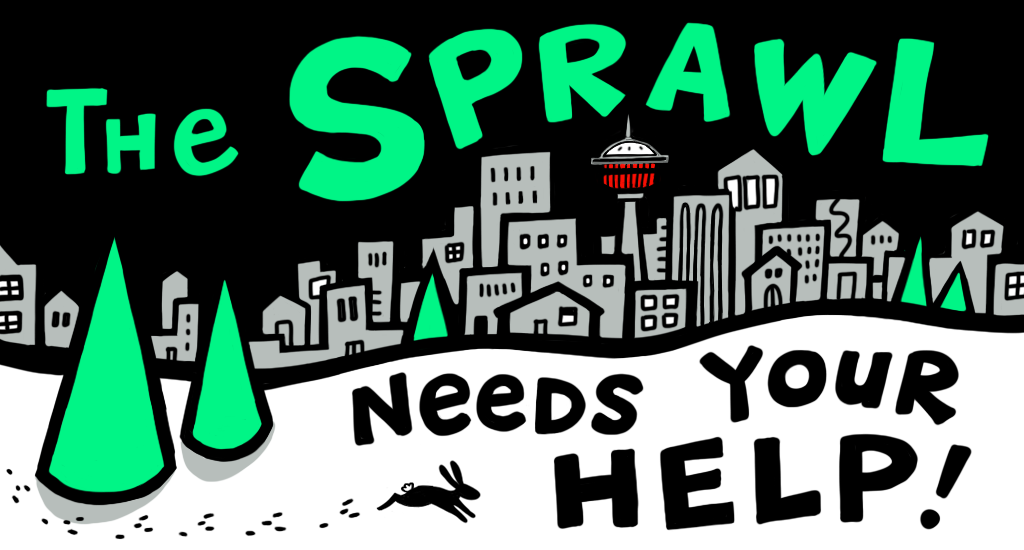
I started The Sprawl in 2017 as a pop-up journalism experiment in response to the hollowing of local newsrooms. Today there are even fewer journalists covering Calgary but the need for in-depth local journalism hasn’t changed. People often tell me how important The Sprawl is for Calgary. But 2025 will likely be the end of the line for this project unless we get more financial support.
Thank you for reading and listening and supporting our work in 2024. We’ll need all the help we can get if The Sprawl is going to be around at this time next year so please pitch in if you can. With your support, this experiment in local journalism can continue for another year and then some!
Jeremy Klaszus is founder and editor of The Sprawl.
Support independent Calgary journalism!
Sign Me Up!The Sprawl connects Calgarians with their city through in-depth, curiosity-driven journalism. But we can't do it alone. If you value our work, support The Sprawl so we can keep digging into municipal issues in Calgary!
